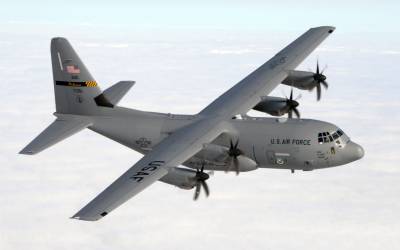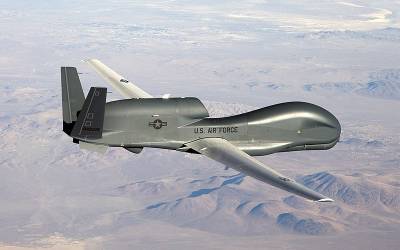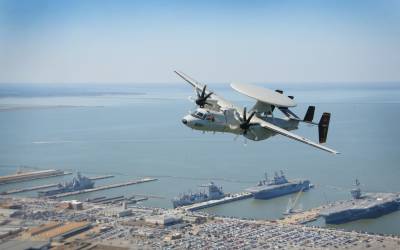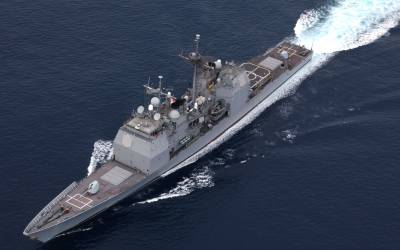Americas BAE Systems Land & Armaments won an $18 million deal to exercise options for MK 41 Vertical Launching Systems Mechanical Design Agent. This modification combines purchases for the Navy, the government of Australia; the government of Japan; the government...
Simulation & Training Articles
The C-130J: New Hercules & Old Bottlenecks
RAAF C-130J-30, flares (click to view full) The C-130 Hercules remains one of the longest-running aerospace manufacturing programs of all time. Since 1956, over 40 models and variants have served as the tactical airlift backbone for over 50 nations. The C-130J looks...
NG Tapped For Global Hawk | Boeing Buys GKN Factory In Hazelwood | DoS Approves FMS To Poland And Netherlands
Americas Northrop Grumman won a $387.5 million definitized contract action for Global Hawk (RQ-4) aircraft sustainment. The contract provides for contractor logistics support services. The locations of performance are Sacheon Air Base, Republic of Korea; Osan Air...
RQ-4 Global Hawk UAVs
RQ-4A Global Hawk (click to view full) Northrop Grumman's RQ-4 Global Hawk UAV has established a dominant position in the High Altitude/ Long Endurance UAV market. While they are not cheap, they are uniquely capable. During Operation Iraqi Freedom (OIF), the system...
USAF Conducted IPOP Exercise For F-35 | Saab Delivered 4th GlobalEye To UAE | India To Develop VSHORAD
Americas Northrop Grumman Systems won an $8 million order provides engineering and logistics sustainment support in support of the E-2D Hawkeye aircraft transition from production to sustainment. Work will be performed in Melbourne, Florida and is expected to be...
Raytheon Tapped For Advanced Hawkeye | British Helicopters To Exercise With Finnish Air Force | FMS F-35 pilots Will Begin Training At Ebbing
Americas Raytheon won a $8,8 million deal for the procurement of 11 receiver mainframe assemblies in support of the E2D Advanced Hawkeye aircraft. The contract does not include options. All work will be performed in El Segundo, California. Work is expected to be...
E-2D Hawkeye: The Navy’s New AWACS
(click to view full) Northrop Grumman's E-2C Hawkeye is a carrier-capable "mini-AWACS" aircraft, designed to give long-range warning of incoming aerial threats. Secondary roles include strike command and control, land and maritime surveillance, search and rescue,...
Lockheed Tapped For AEGIS Updates | MSI Drones To Help US Forces In The Middle East | Germany Buys GL-40 Launchers From Steyr
Americas Northrop Grumman won a $9 million modification to a previously awarded fixed-price incentive (firm-target), cost-plus-fixed-fee, cost reimbursable contract. This modification increases the contract ceiling to procure the necessary hardware and associated...
Serious Dollars for AEGIS Ballistic Missile Defense (BMD)
AEGIS-BMD: CG-70 launches SM-3 (click to view full) The AEGIS Ballistic Missile Defense System seamlessly integrates the SPY-1 radar, the MK 41 Vertical Launching System for missiles, the SM-3 Standard missile, and the ship's command and control system, in order to...




